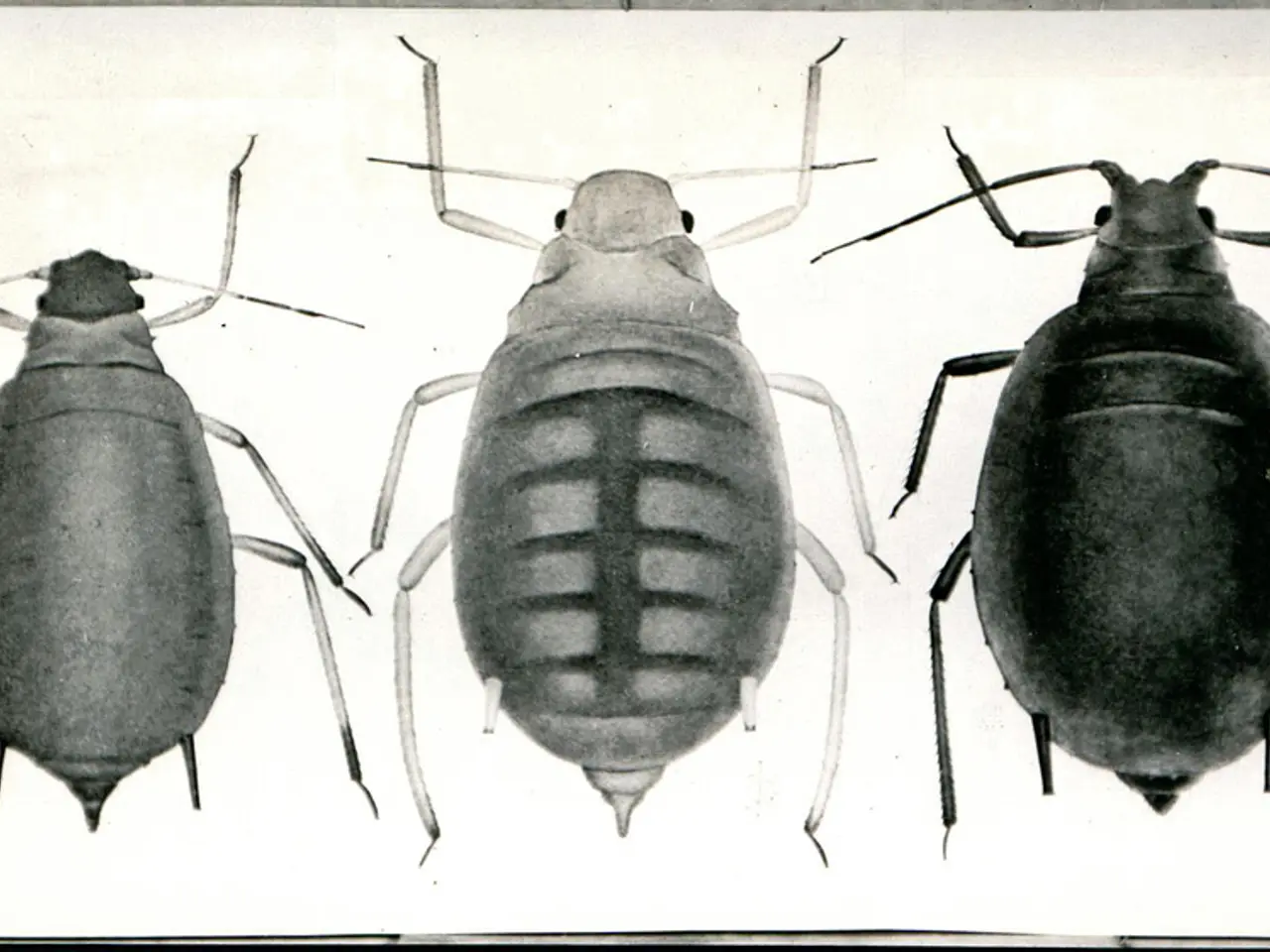Oropouche Virus Spread: Potential New Zika-Like Health Concern to Awareness
The Oropouche virus, an arbovirus primarily transmitted by biting midges and certain mosquito species, has become a significant public health concern in the Americas. This virus, belonging to the Orthobunyavirus genus inside the Peribunyaviridae family, is causing ongoing outbreaks that affect thousands of people annually.
Currently, the Oropouche virus is experiencing an unprecedented outbreak in the Americas, with a wide geographical spread from Brazil, Peru, Ecuador, Colombia, Panama, the Caribbean, and parts of Central America, to Trinidad and Tobago. The virus is transmitted through the bites of infected biting midges, Culicoides paraensis, and certain mosquito species.
Oropouche fever, caused by the Oropouche virus, manifests as influenza-like symptoms such as high fever, severe headache, muscle pain, chills, joint pain, nausea, vomiting, and sensitivity to light (photophobia). While there are no specific antiviral treatments or vaccines available for the Oropouche virus, prevention remains the primary defense against its infection.
Individuals are advised to avoid exposure to infected midges and mosquitoes by applying DEET repellents, wearing clothes that cover arms and legs, and following community-based vector control methods such as insecticide spraying and improved sanitation techniques. Control of insect populations also depends on draining standing water and using insecticides alongside larvicides with the purpose of introducing natural predators to lower area vector counts.
Scientific experts predict that the Oropouche virus will extend its spread from Latin America to reach North America, Europe, and parts of Asia due to rising deforestation levels, climate change, urbanization, and broader global travel networks. The adaptability of other vectors like biting midges could also be influenced by changing climatic conditions, potentially extending their habitats and increasing the virus's spread.
Urbanization can increase the interaction between humans and potential vectors, potentially increasing the risk of transmission if the vectors adapt to urban environments. The combination of climate change and urbanization could exacerbate the spread of OROV by expanding its vector's habitat and increasing human-vector interactions.
Understanding the impacts of climate change and urbanization on OROV spread requires further research into vector ecology, climate adaptation, and disease modeling. Developing effective surveillance and control strategies will be crucial to mitigate the future impact of OROV. The future of Oropouche virus control depends on social media platforms which will perform dual functions as educational tools for handing out prevention information to limit virus spread.
The lack of vaccine and treatment requires prevention teams to concentrate on vector population control and implementing personal protection standards along with public health initiatives. As the Oropouche virus continues to spread, it is essential to remain vigilant and follow preventative measures to protect against this growing public health threat.
- Proper hydration and nutrition are crucial for maintaining muscle health during fitness-and-exercise routines, especially in the face of the Oropouche virus outbreak, as a strong immune system can aid in resisting the virus's effects.
- The medical-conditions caused by the Oropouche virus, such as fever, muscle pain, headache, and nausea, underscore the importance of health-and-wellness practices like regular exercise and balanced eating in overall health management.
- Environmental-science research focusing on climate change and urbanization will be necessary to understand how these factors contribute to the spread of the Oropouche virus, allowing for the development of efficient control strategies on a global scale.
- Environmental conservation measures, such as reducing deforestation, can help limit the spread of the Oropouche virus by preserving habitats and thereby reducing contact between humans and infected biting midges and mosquitoes.
- In the absence of vaccines or specific antiviral treatments for the Oropouche virus, the importance of health education and preventative measures becomes paramount, with environmental-science plays a key role in raising awareness about the risks associated with climate change, urbanization, and Oropouche virus transmission.




